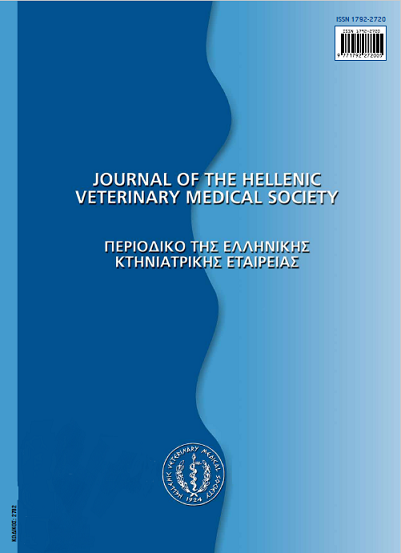Protection of piglets immunized with a cloned pseudorabies virus
Resumen
The potential of pseudorabies virus (PrV) clone (mAlp) as an immunizing agem against Aujeszky's disease (AD) in swine was invesτigaτed in this study. The pathogenicity, immunogenicity and protective efficiency induced by the virus were the major focus of the study. An indirect enzyme-linked immunosorbent assay was used to measure antibody responses to the virus. The virus was proved non-pathogenic for piglets up to the dose 10 plaque forming unit (p.f.u.). The antibody titres to the virus were correlated with the immunization dose. The difference in the antibody levels for the doses 10 and 10 p.f.u. was nonsignificant (p<0.01), but between the dose 10 and 10 , was significant (p<0.05). Following challenge of immunized animals with the virulent PrV-CD strain, total protection of piglets was observed even at the immunizing dose 10 p.f.u. In conclusion, PrVmAlp was non-pathogenic, highly immunogenic and protective against virulent PrV challenge in piglets, hence suggested as an efficacious and safe vaccine candidate against the disease.
Article Details
- Cómo citar
-
ABDELWAHID, S. A., & ELJALII, I. (2017). Protection of piglets immunized with a cloned pseudorabies virus. Journal of the Hellenic Veterinary Medical Society, 56(4), 307–310. https://doi.org/10.12681/jhvms.15090
- Número
- Vol. 56 Núm. 4 (2005)
- Sección
- Research Articles
Authors who publish with this journal agree to the following terms:
· Authors retain copyright and grant the journal right of first publication with the work simultaneously licensed under a Creative Commons Attribution Non-Commercial License that allows others to share the work with an acknowledgement of the work's authorship and initial publication in this journal.
· Authors are able to enter into separate, additional contractual arrangements for the non-exclusive distribution of the journal's published version of the work (e.g. post it to an institutional repository or publish it in a book), with an acknowledgement of its initial publication in this journal.
· Authors are permitted and encouraged to post their work online (preferably in institutional repositories or on their website) prior to and during the submission process, as it can lead to productive exchanges, as well as earlier and greater citation of published work.



